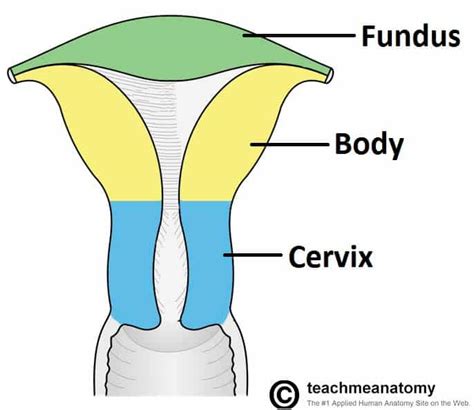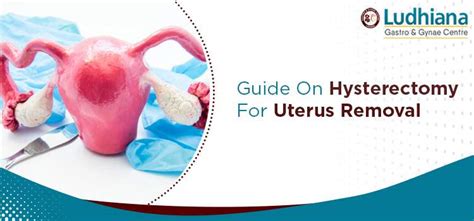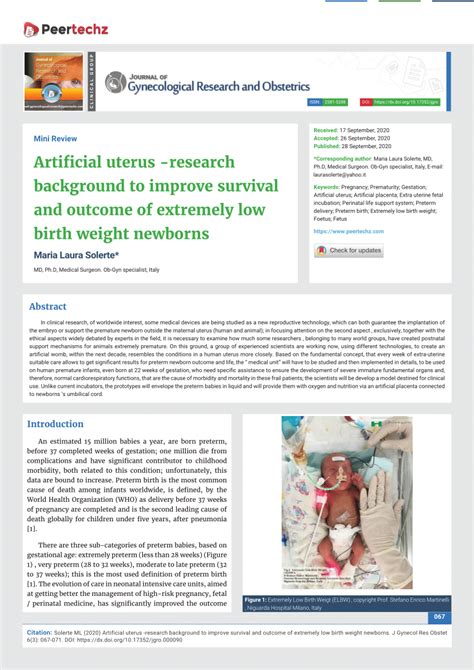Intro
Discover the uterus location in the female body, understanding its position, size, and function, including related pelvic organs and reproductive system, for better womens health awareness.
The female reproductive system is a complex and fascinating aspect of human anatomy, and one of the most crucial components is the uterus. Located in the pelvic cavity, the uterus plays a vital role in reproduction, pregnancy, and childbirth. Understanding the location and function of the uterus is essential for maintaining good reproductive health and appreciating the incredible processes that occur within the female body.
The uterus is a hollow, muscular organ that is responsible for supporting fetal development during pregnancy, as well as facilitating menstruation and childbirth. Its unique location and structure allow it to expand and contract as needed, making it an remarkable example of evolutionary adaptation. Despite its importance, many people are unclear about the exact location of the uterus within the female body, and how it interacts with other reproductive organs.
In order to appreciate the significance of the uterus, it's essential to understand its relationship with other components of the female reproductive system. The uterus is situated in the pelvic cavity, surrounded by the bladder, rectum, and other vital organs. Its position allows for the exchange of nutrients, oxygen, and waste products with the rest of the body, ensuring the optimal functioning of the reproductive system. By exploring the location and function of the uterus in more detail, we can gain a deeper appreciation for the intricate mechanisms that govern human reproduction.
Uterus Location and Anatomy

The uterus is a pear-shaped organ that is typically around 7.5 cm (3 inches) long and 4.5 cm (1.8 inches) wide. It is composed of three layers: the outermost layer (perimetrium), the middle layer (myometrium), and the innermost layer (endometrium). The perimetrium is a thin, fibrous layer that covers the outer surface of the uterus, while the myometrium is a thick, muscular layer that allows the uterus to contract and expand. The endometrium, on the other hand, is a thin, glandular layer that lines the interior of the uterus and plays a crucial role in implantation and fetal development during pregnancy.
Uterus Position and Surrounding Organs
The uterus is located in the pelvic cavity, which is a bony structure that houses the reproductive organs, as well as the bladder, rectum, and other vital structures. The pelvic cavity is bounded by the pubic bone, the sacrum, and the coccyx, and is divided into two main compartments: the true pelvis and the false pelvis. The true pelvis is the lower, narrower portion of the pelvic cavity, and it is here that the uterus is situated.The uterus is surrounded by several important organs and structures, including the ovaries, fallopian tubes, cervix, and vagina. The ovaries are two small, oval-shaped glands that produce eggs and hormones, and are located on either side of the uterus. The fallopian tubes are two narrow, muscular tubes that connect the ovaries to the uterus, allowing eggs to travel from the ovaries to the uterus during ovulation. The cervix is the lower, narrow portion of the uterus that opens into the vagina, while the vagina is the muscular, tubular canal that extends from the cervix to the outside of the body.
Functions of the Uterus

The uterus plays several vital functions in the female reproductive system, including:
- Menstruation: The uterus is responsible for shedding its lining (endometrium) each month, resulting in menstrual bleeding.
- Pregnancy: The uterus provides a safe, nourishing environment for fetal development during pregnancy, expanding to accommodate the growing fetus and contracting during childbirth to help push the baby out.
- Implantation: The uterus allows a fertilized egg to implant in its lining (endometrium), where it can develop and grow into a fetus.
- Childbirth: The uterus contracts during childbirth to help push the baby out of the birth canal and into the world.
Uterus-Related Health Issues
Despite its importance, the uterus is susceptible to several health issues, including:- Uterine fibroids: Non-cancerous growths that can develop in the uterus, causing symptoms such as heavy bleeding, pelvic pain, and infertility.
- Endometriosis: A condition in which tissue similar to the uterine lining grows outside the uterus, leading to pain, inflammation, and infertility.
- Uterine cancer: A type of cancer that affects the uterus, often causing symptoms such as abnormal bleeding, pelvic pain, and weight loss.
- Uterine prolapse: A condition in which the uterus slips out of its normal position, often causing symptoms such as pelvic pressure, incontinence, and discomfort.
Uterus-Related Procedures and Treatments

Several procedures and treatments are available to address uterus-related health issues, including:
- Hysterectomy: A surgical procedure that removes the uterus, often performed to treat conditions such as uterine cancer, fibroids, or endometriosis.
- Myomectomy: A surgical procedure that removes uterine fibroids, often performed to treat symptoms such as heavy bleeding and pelvic pain.
- Endometrial ablation: A minimally invasive procedure that destroys the uterine lining (endometrium), often performed to treat symptoms such as heavy bleeding and pelvic pain.
- Uterine artery embolization: A minimally invasive procedure that blocks blood flow to the uterus, often performed to treat conditions such as uterine fibroids and adenomyosis.
Uterus-Related Lifestyle Changes
In addition to medical procedures and treatments, several lifestyle changes can help promote uterine health and reduce the risk of uterus-related health issues, including:- Maintaining a healthy weight: Excess weight can increase the risk of uterine cancer, fibroids, and other health issues.
- Eating a balanced diet: A diet rich in fruits, vegetables, and whole grains can help support uterine health and reduce the risk of chronic diseases.
- Exercising regularly: Regular exercise can help reduce stress, promote relaxation, and support overall health and well-being.
- Managing stress: Chronic stress can exacerbate uterine health issues, making it essential to engage in stress-reducing activities such as meditation, yoga, or deep breathing exercises.
Uterus-Related Research and Advances

Researchers are continually working to improve our understanding of the uterus and develop new treatments and therapies for uterus-related health issues. Some of the most promising areas of research include:
- Uterine transplantation: A surgical procedure that involves transplanting a healthy uterus into a woman with a non-functioning or absent uterus.
- Stem cell therapy: A treatment that involves using stem cells to repair or replace damaged uterine tissue.
- Gene therapy: A treatment that involves using genes to repair or replace damaged uterine tissue.
- Robotic surgery: A minimally invasive surgical procedure that uses robotic instruments to perform complex uterine surgeries.
Uterus-Related Education and Awareness
Education and awareness are essential for promoting uterine health and reducing the risk of uterus-related health issues. By learning more about the uterus and its functions, women can take steps to protect their reproductive health and make informed decisions about their bodies. Some of the most effective ways to promote education and awareness include:- Health education programs: Programs that provide women with information about uterine health, reproductive anatomy, and reproductive health issues.
- Support groups: Groups that provide women with a safe and supportive environment to discuss their experiences and connect with others who have faced similar challenges.
- Online resources: Websites, blogs, and social media platforms that provide women with accurate and reliable information about uterine health and reproductive health issues.
What is the normal size of the uterus?
+The normal size of the uterus is around 7.5 cm (3 inches) long and 4.5 cm (1.8 inches) wide.
What are the functions of the uterus?
+The uterus plays several vital functions, including menstruation, pregnancy, implantation, and childbirth.
What are some common health issues that affect the uterus?
+Some common health issues that affect the uterus include uterine fibroids, endometriosis, uterine cancer, and uterine prolapse.
In conclusion, the uterus is a vital and fascinating organ that plays a crucial role in the female reproductive system. By understanding its location, function, and importance, women can take steps to protect their reproductive health and make informed decisions about their bodies. Whether you're looking to learn more about uterine health, seeking treatment for a uterine-related health issue, or simply wanting to stay up-to-date on the latest research and advances, there are many resources available to help you on your journey. We invite you to share your thoughts, ask questions, and engage in discussions about uterine health and wellness. Together, we can promote education, awareness, and empowerment, and work towards a future where every woman has access to the knowledge, care, and support she needs to thrive.
